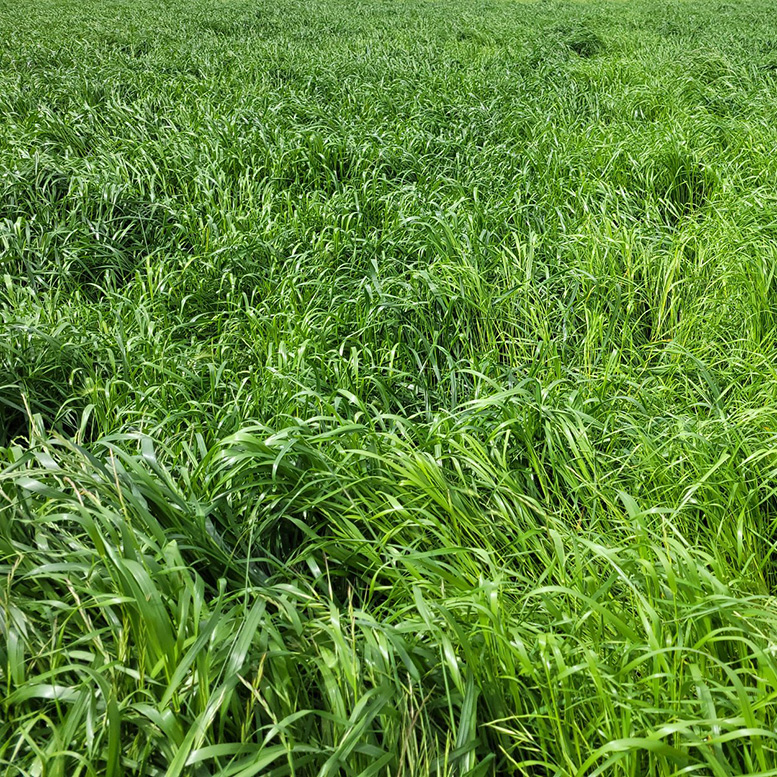Agronomic Insights

Author – Fiona McDonald, Technical Agronomist
Soil testing provides valuable data for fertiliser and soil amendment recommendations. But a recommendation is only as good as the sample it is based on. Errors in sampling are the largest cause of incorrect interpretation and subsequent recommendations. So, it’s important to make sure your samples are submitted with the correct requirements. Make sure you have a sampling strategy that aligns with Fertcare standards and includes:
- Why sample is being collected (predictive, monitoring, diagnostic or compliance)
- What sampling procedure has been used (cluster, random, grid, zigzag, transect)
- Where andfrom what depth should samples be taken (using as much data and history as possible);
- When the samples should be taken (time of year and soil conditions); and
- How many cores for each sample and how many samples you need from each paddock or zone.
A clean, representative sample is essential. This can be a significant challenge, given that only 500 grams of soil is sent to the lab to represent a whole paddocks, and of that a spoonful is used in the Nutrient Advantage laboratory.

The Fertcare® Soil Sampling Guide is a great resource to assist with correct sampling procedures. It’s comprehensive, covering sample timing, locations, procedures, equipment, and sample handling and dispatch. This Fertcare Soil Sampling Infographic also provides a good snapshot of accurate sampling processes.

Sampling depth
Good fertiliser stewardship means sampling to the correct depth. Tables 1 & 2 below show the soil surface and subsurface sampling depths from pages 21 & 22 of the Fertcare Soil Sampling Guide. These are the depths for which there is soil test calibration data.
Table 1: Surface soil sampling depths (cm)

Table 2: Sub-surface soil sampling depths (cm)

These can also be found when creating a new sample in NA Pro. You will notice a sample depth list in the sample summary box to the right of screen, these correspond to what is recommended by Fertcare Australia (above). For soil test results to be interpreted accurately and meaningfully, it’s important to make sure the depths of both the physical soil samples you collect, and the depths you select in the NA Pro software match the Fertcare guidelines for different crop types.

Make your testing program count
Soil testing is an important step in making good fertiliser and soil amendment decisions, and guiding crop choice. However, errors in sampling will lead to incorrect soil test interpretation and recommendations. Use a planned sampling approach to make sure you get a representative sample – with the right number of cores from the right sample depth.
Further information
For more information about soil sampling feel free to ring one of IPF’s Technical Agronomists who are available to help with any queries about sample depths or soil testing across all crop types.
There is also information about NA Pro visit the Nutrient Advantage website.
DISCLAIMER
This is a guide only, which we hope you find useful as a general tool. While IPF has taken all reasonable care in the preparation of this guide, it should not be relied on as a substitute for tailored professional advice and IPF accepts no liability in connection with this guide. Incitec Pivot Fertilisers manufactures and sources fertilisers from other suppliers. The fertiliser supply chain extends beyond the company’s direct control, both overseas and within Australia. Incitec Pivot Fertilisers hereby expressly disclaims liability to any person, property or thing in respect of any of the consequences of anything done or omitted to be done by any person in reliance, whether wholly or in part, upon the whole or any part of the contents of this article.





